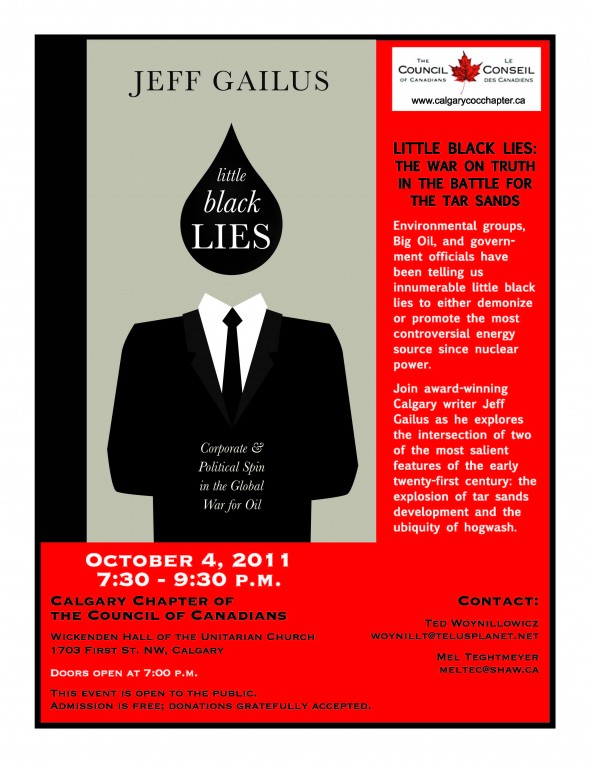“I don’t know what’s happening to this place, it won’t last 10 -15 years if we lose our water.”
Gabe Burke, Fort Chipewyan

Simon Reece from Anzac, Alberta, stands on the pier on Gregoire Lake. Without the huge amount of fresh water resources in Northern Alberta, the Tar Sands would not be able to operate. Oil companies don't pay anything for the water removed from the Athabaska river, which they subsequently pollute, requiring residents downstream to buy bottled water to drink.

The Syncrude oil processing plant. Average greenhouse gas emissions for oil sands extraction and upgrading are estimated to be 3.2 to 4.5 times as intensive per barrel as for conventional crude oil produced in Canada or the United States.

The cemetary in Fort Chipewyan. Since the arrival of the Tar Sands, more cancer is appearing in Fort Chipewyan then in a regular community this size.
The Athabaskan River delta is one of the largest water systems in Canada and a key component of the livelihood of the Dineh, Cree and Metis that live along its’ banks. However, upstream from communities like Fort McKay and Fort Chipewyan the out of control Tar Sands Industry is polluting the system and rendering it unusable. I was recently in Alberta, photographing and interviewing the First Nations to help publicize their story.
Despite cozy government and industry relations claiming that industry is not affecting the water quality, the evidence is mounting and exposing their flawed science and PR campaign. A recent report by several authors including acclaimed scientist Dr. David Schindler has the government of Alberta scrambling to cover up and increase their PR. “Contrary to claims made by industry and government in the popular press, the oil sands industry substantially increases loadings of toxic PPE (priority pollutants) to the AR (Athabasca River) and its tributaries via air and water pathways.” David Schindler.

Residents of Fort Chipewyan sail down the Athabaska River. Many residents of Fort Chipewyan have cabins on the land. They try to maintain some of their attachment to Mother Earth, which is exceedingly difficult with the dangers of eating the fish and disappearance of wildlife due to industrial development upstream.
When I was in the region, I heard again and again that people don’t trust the water. The water is suspected to be part of the cause of a drastic increase in cancer cases in Fort Chipewyan and is widely cited as the reason why the fish are appearing with tumours. For a community that used to rely on fish as a food source, now when a fish appears at the table, the first question asked is, ‘Where did it come from?”.
“The Athabaska river is like a main artery of the world, it’s the blood going down, if your blood is polluted, you aren’t going to last damn long and that is what is happening to our country and earth. All the rivers are getting polluted so bad. I pity young people now, there are rough times ahead. Water could be about 10bucks a liter in ten years, how are you going to survive. ” Gabe Burke
It is shocking that the Canadian and Alberta governments continue to put industry profits above the health of people and the environment. However, the drive and energy of the young people and leaders within the communities are succeeding in securing support from a wide range of groups and individuals including James Cameron, director of Avatar. The tide is shifting.

Eriel Deranger works and lives in Edmonton. She is originally from Fort Chipewyan and is one of many young indigenous people that have dedicated their lives to healing Mother Earth.
It is time that the truth be told about the water situation in this beautiful part of Canada and I join the call for a comprehensive study on the water system, free of industry input and a moratorium on further Tar Sands development until responsible ways of developing are found.
This post is part of the Blog Action Day #10 focusing on water.







